News
New steps completed to protect St Catherine’s Hill and improve access
Visitors to St Catherine’s Hill Nature Reserve in Winchester can now enjoy a safer climb following the installation of new steps.
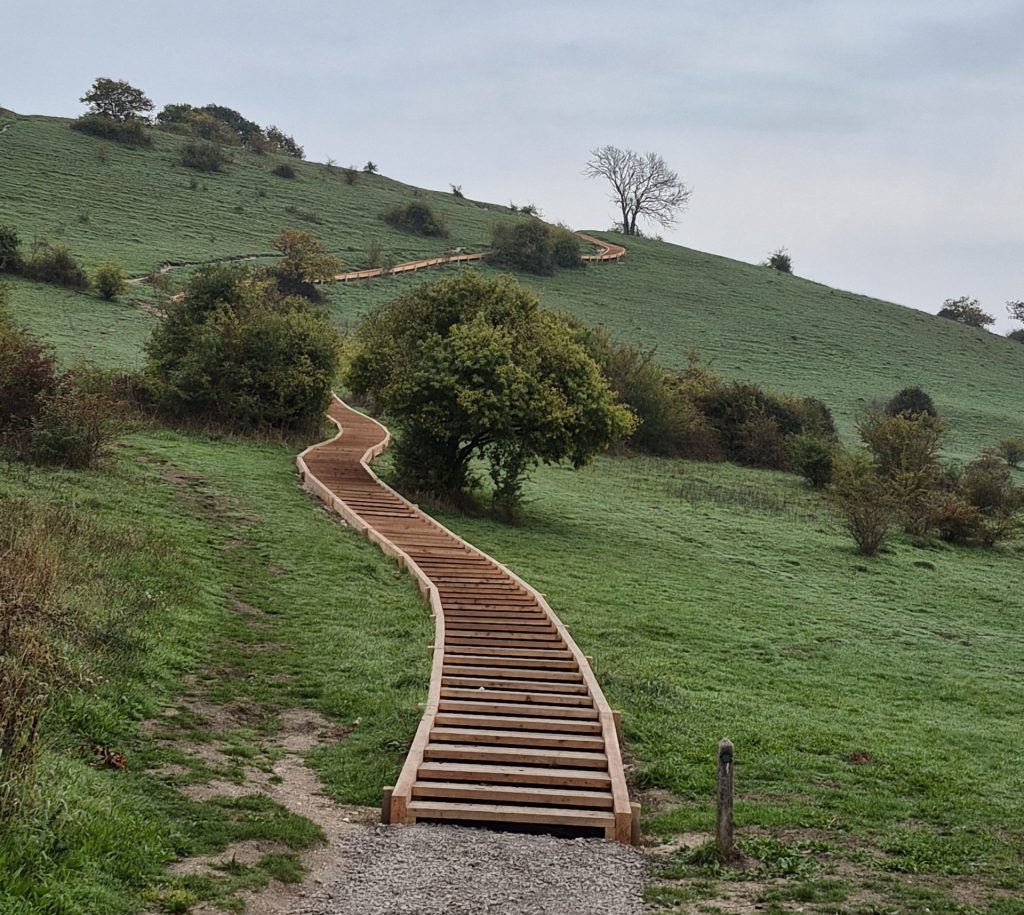
The Hampshire & Isle of Wight Wildlife Trust led the project after the old steps, installed almost 30 years ago, had become worn and hard to maintain.
Poor conditions made walking difficult and caused some people to leave the main path, damaging the chalk grassland and increasing erosion around the historic site.
The new steps are made from durable timber with an anti-slip surface.
They are expected to last at least another 30 years and will help people enjoy views and wildlife safely, while protecting the habitat.
By encouraging people to stay on the path, the Trust hopes to reduce disturbance to wildlife and prevent further damage to the hillside.
Andy Reeves, reserves officer at the Trust, said: “We’ve used different materials this time, which are stronger, larger, and should help through the winter months.
“Our hope now that we have these steps in place is for people to stick to the footpath where they can, to avoid further scars in the hill.
“For people to come out of the city centre and enjoy a space like St Catherines Hill is incredibly important.”
During construction, all materials were carried by hand to avoid vehicle damage.
A small area of the meadow beside the hill was used temporarily for storage.
The project was supported by Winchester College, Natural England, Historic England and the South Downs National Park Authority.
News
Greens become third-largest political party in the UK

Membership of the Green Party has overtaken the Conservatives, making them the third largest party in the country.
The party now has more than 126,000 members, an 80% increase since Zack Polanski was elected as leader last month.
After his appearance on BBC One’s Laura Kuenssberg show, Polanski said the Green Party saw 1,000 new members join in just over two hours.
The party’s leader insists that “British politics is changing” and previous “support for old-style parties” is “shrinking”.
The Green Party is gradually climbing the polls in voting intention, but Reform UK close to the top with over 260,000 members.
The last official figures published in August 2025 shows that Farage’s party need only 70,000 more members to match with Labour.
While countering Reform, the Green Party reportedly now have more than double the members of the Liberal Democrats.
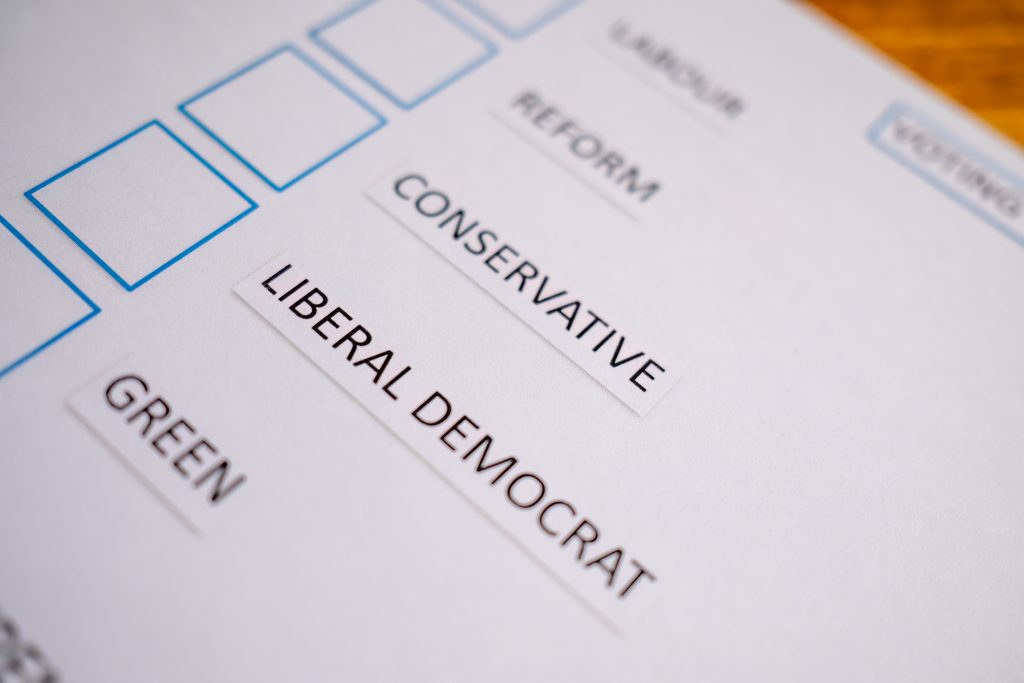
Polanski declares that more people in the country are “choosing a new kind of politics” where they’re offered “a bold, hopeful vision of prosperity, equality and unity”.
A rise in support for the Greens suggests many are moving away from a “broken” two party system, according to Polanski.
Their increase in numbers “reflects growing public frustration with the political status quo”.
News
Residents fear for safety over Winchester’s nighttime lighting policies
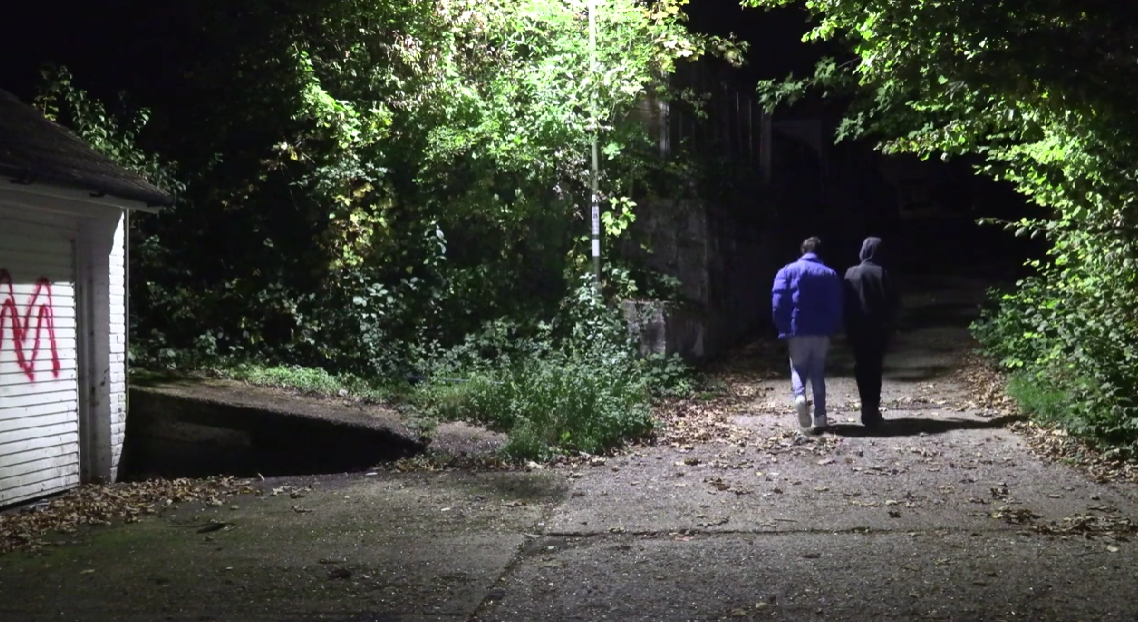
Many Winchester residents have spoken out, saying they feel unsafe at night.
Some have feared for their safety, claiming they cannot even see where “curbs start and finish” alongside Romsey Road.
While those who must travel home late due to unsocial working hours have expressed anxiety about walking home at night.
Earlier this year, Korine Bishop, chief inspector from Hampshire Constabulary, announced there was a 3.66% rise in night crime in Winchester.
Hampshire County Council took an approach in 2019, to tackle saving money by switching off street lights between 1am – 4am.
Yet earlier this year, they extended the switch-off by an hour each way.
Local councillor David Harrison said: “The evidence that more crime takes place because of a lack of lighting isn’t really there.”
As winter approaches, the growing unease among residents raises urgent questions about community safety and the effectiveness of current council lighting policies.
Despite this, approaches have been taken to ensure nighttime safety for younger people in Winchester.
Jessica Dunipace, from the Students’ Union welfare team, has urged students to “travel home with somebody and catch a taxi when possible” regardless of gender, race, or age.
Ms Dunipace also said that “despite Winchester being one of the safest cities, there are still incidents that can happen”.
News
The dramatic spike in Russian aggression and provocation within Europe, and why the Baltics matter
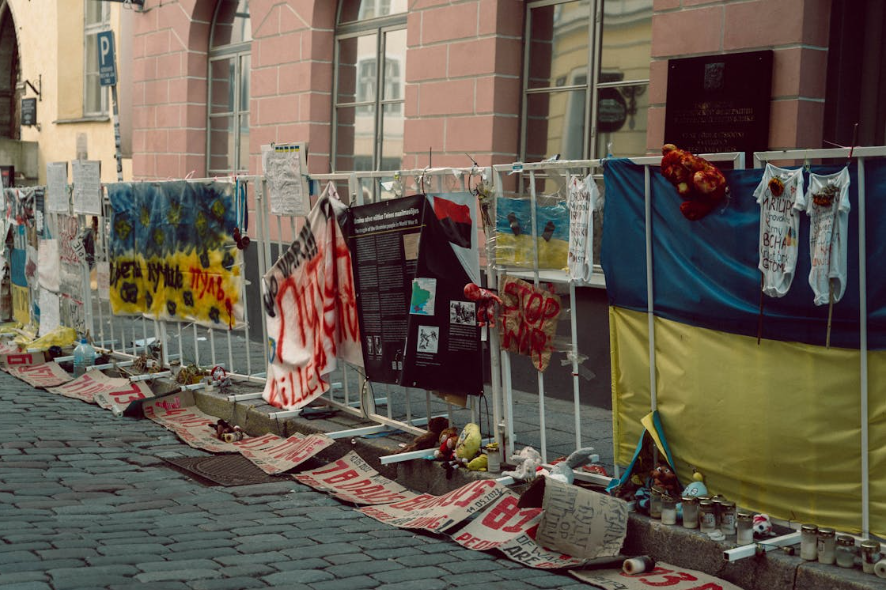
Anti-Ukraine War Protest Outside of The Russian Embassy, Tallinn, Estonia. (By Maksim Romashkin)
Drones causing the closure of airports in Poland, and Russian fighter jets taunting the West with provocative flyovers.
These are only two examples of how Russia is signalling its potential military push further into the European continent.
While Ukraine is Russia’s main focus, many people are not aware that the North Atlantic Treaty Organisation (NATO) provides Ukraine with the vast majority of its long-range missile systems, as well as things such as armoured battle tanks and anti-surface-to-air missiles. Recently, NATO has allowed for Ukraine to use ATAKMS, as well as Javelin missiles, against military targets within Russian territory.
Due to this, it is clear why Russian President Vladimir Putin is under the strong belief that Russia and the NATO alliance are at war with each other, and can easily sell this idea to his population through state-funded propaganda.
Russia’s Recent Airspace Violations:
While NATO is surgical and cautious when it comes to potentially poking the Russian bear, the same cannot be said about Russia itself. In September 2025 alone, Russia has violated the airspace of five NATO member states.
Poland saw over a dozen drones enter its airspace on the 9th of September, with them being flown over Ukraine and Belarus.
Airports within the cities of Krakow and Warsaw were closed, as fighter jets scrambled to intercept the drones. On the 13th, a Russian drone entered Romanian airspace, just over the Ukrainian border, where jets were also deployed to track and monitor its movement, before it crossed back over into Ukraine.
As well as these blatant airspace violations, between the 22nd and 28th of September of this year, numerous drones were seen hovering around airports and military assets within Denmark and Norway.
These sightings severely disrupted air travel within the region, with the major cities of Copenhagen and Oslo shutting down their airports for multiple hours due to safety concerns.
Arguably, the most concerning airspace violation within recent years came on the 19th of September, when the Baltic nation of Estonia reported that three Russian MIG-31 fighter jets entered their airspace over the Gulf of Finland, a short distance away from the capital of Tallinn.
While Russia violating the airspace of any nation is seen, and most certainly should be seen, as a major security threat, when nations such as Estonia are targeted, the threat of further military aggression or even invasion from the Kremlin is significantly heightened.
Due to Estonia being less than a hundred times smaller than Russia, and having a completely incomparable amount of military strength, with Russia having around one million active military personnel, and two million reservs, and little Estonia only having around 230,000 reserves at absolute most, this fear is even more exacerbated, as the lives of all Estonian citizens would be in immediate danger during the first few hours and days of an invasion scenario.
The Significance of the Baltics:
Countries such as Estonia are especially vulnerable to Russian influence and acts of sabotage, primarily due to their high Russian diaspora, and their shared history as part of the soviet system.
Latvia and Lithuania suffer similarly tense relations with their neighbour; however, Estonia is home to the city of Narva in its North-East, which sits on the west bank of the Narva River, with Russia watching like a hawk on the other side.
The significance of Narva lies within its demographics, with around 88% of the city’s inhabitants being Russian, with most of them even holding Russian passports. Additionally, due to Russia’s pariah status around the world, there have been numerous documented cases of the Russian population within Estonia being discriminated against, with the Russian language being heavily discouraged, and most of the poverty within the country being seen within Russian-speaking households.
Due to the issues faced by native Russians within the Baltic States, it is easy for military planners within NATO to fear that the Kremlin will attempt the utilise the same excuse that it implemented when undertaking its full-scale invasion of Ukraine in February of 2022, which was that the Ukrainian government were undertaking a genocide against the Russian minority within the nation.
This argument was, of course, not true; however, it is not out of the question that Russia wouldn’t one day attempt to accuse a nation like Estonia of such crimes, propping up either a limited or full-scale invasion shortly after.
Thankfully, of course, Estonia and the other Baltic States are safely nestled under the NATO nuclear umbrella; however, many governments around the world are speculating if the member states within the alliance will risk a third world war and the potential for nuclear annihilation over a minuscule country like Estonia.
If Russia were to seize the city of Narva, for example, the government in Tallinn may very well deem it necessary to enact Article 5, deeming the attack as an attack on all other NATO members.
The question is, however, would the United States, or any other powerful member, risk the lives of their populations for a small city in Estonia with only 53,000 people?
Due to this extremely crucial question, many NATO members are spending a colossal sum of money preparing for Russia to eventually test the waters of the alliance, by potentially dipping its toes into a vulnerable state such as Estonia.
Countries such as Poland, and the three Baltic States of Estonia, Latvia, and Lithuania are some of the highest percentage of GDP spenders within the alliance, with the highest of these being Estonia, which has committed to reserving 5.4% of its entire GDP, of around 42 billion USD, solely for defence spending.
While not as high as Estonia’s spending, Latvia and Lithuania have committed to spending 3.15% and 3.9% of their GDPs on defence, respectively.
While the likelihood of war rearing its ugly head to ravage the European continent once again is not guaranteed, the concept of it being above zero makes it critical for European and North American governments within the NATO alliance to start preparing and arming for the worst, as if the worst may come, being unprepared is simply not an option.
-
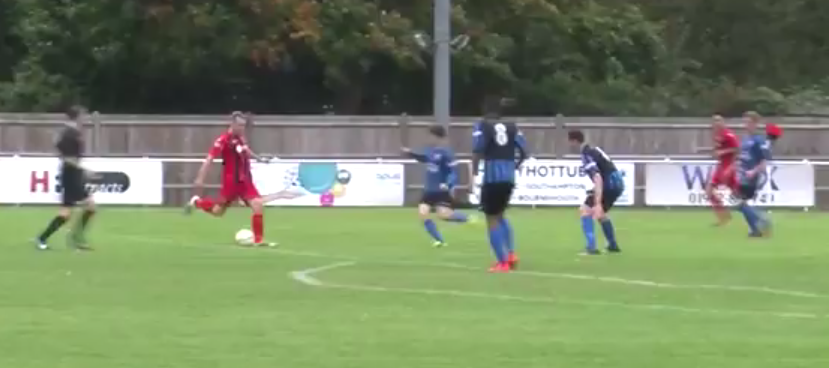
 Football9 years ago
Football9 years agoFootball – Winchester City vs Didcot Town
-

 Community9 years ago
Community9 years agoWinnall community association renovated
-
Community8 years ago
Hampshire’s frontline services at risk
-

 Hampshire8 years ago
Hampshire8 years agoUniversity of Winchester Parking Trouble
-
Community8 years ago
Knight Bus unveiled at school
-
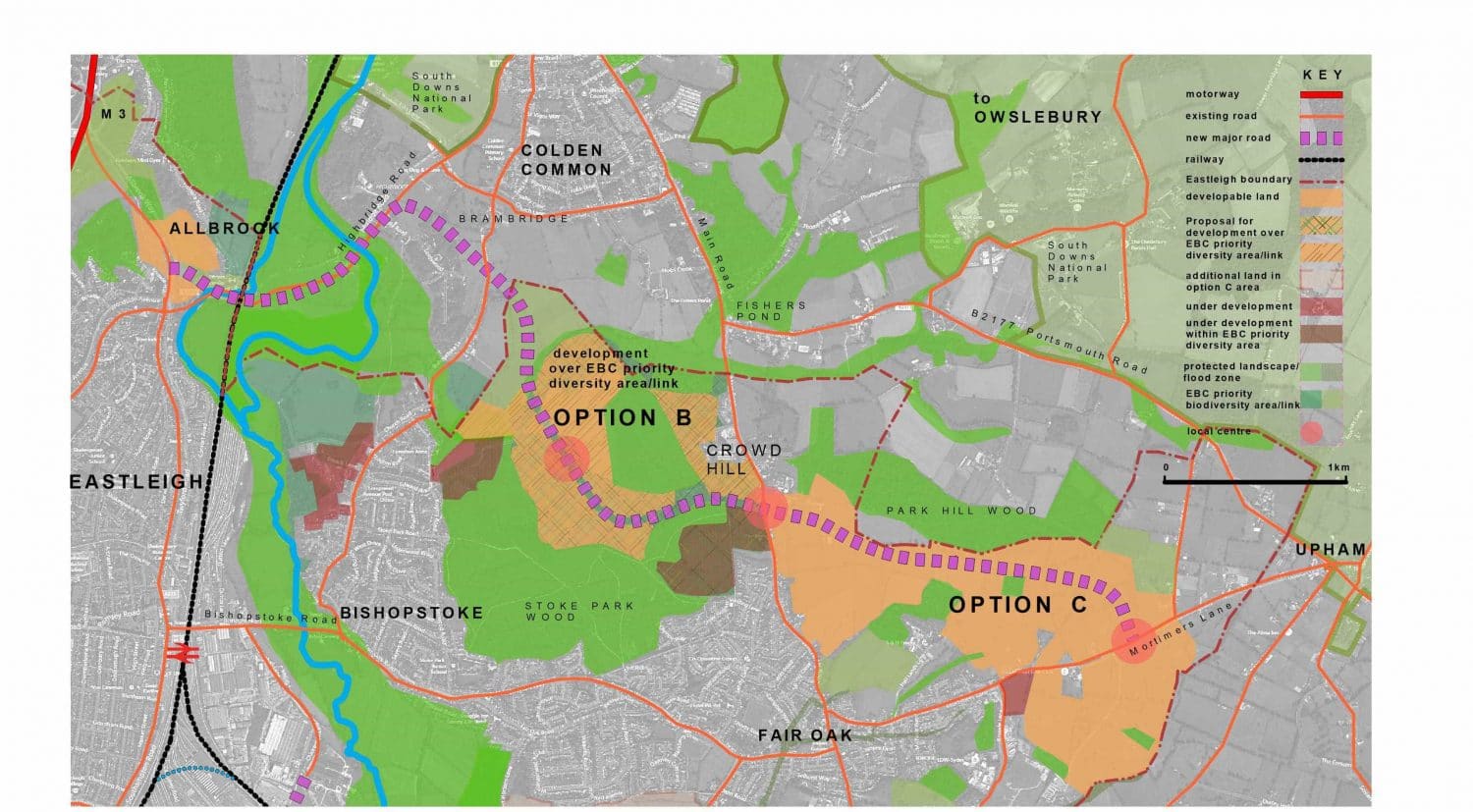
 Community8 years ago
Community8 years ago‘Controversial’ new plans take shape in Eastleigh
-
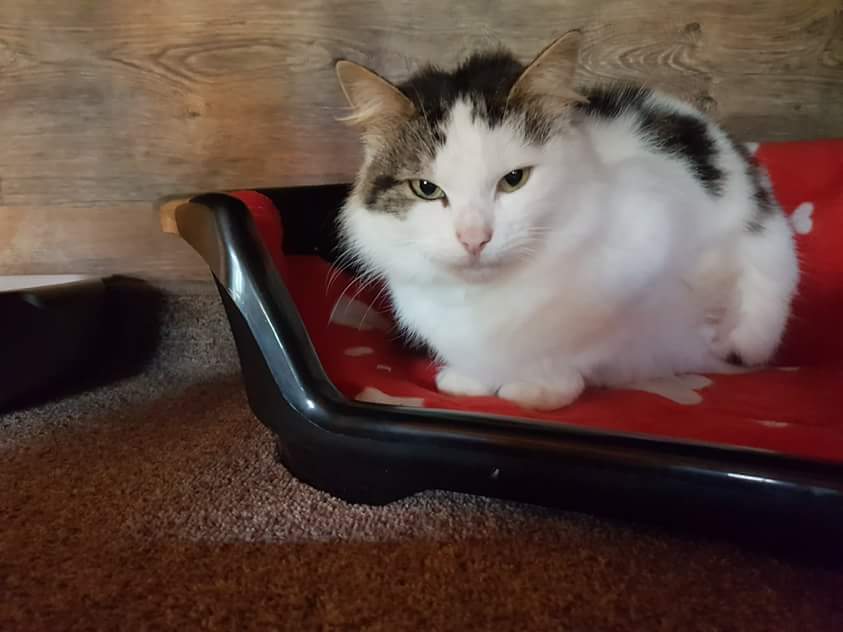
 Winchester News Online8 years ago
Winchester News Online8 years ago#MiracleMissy Update
-
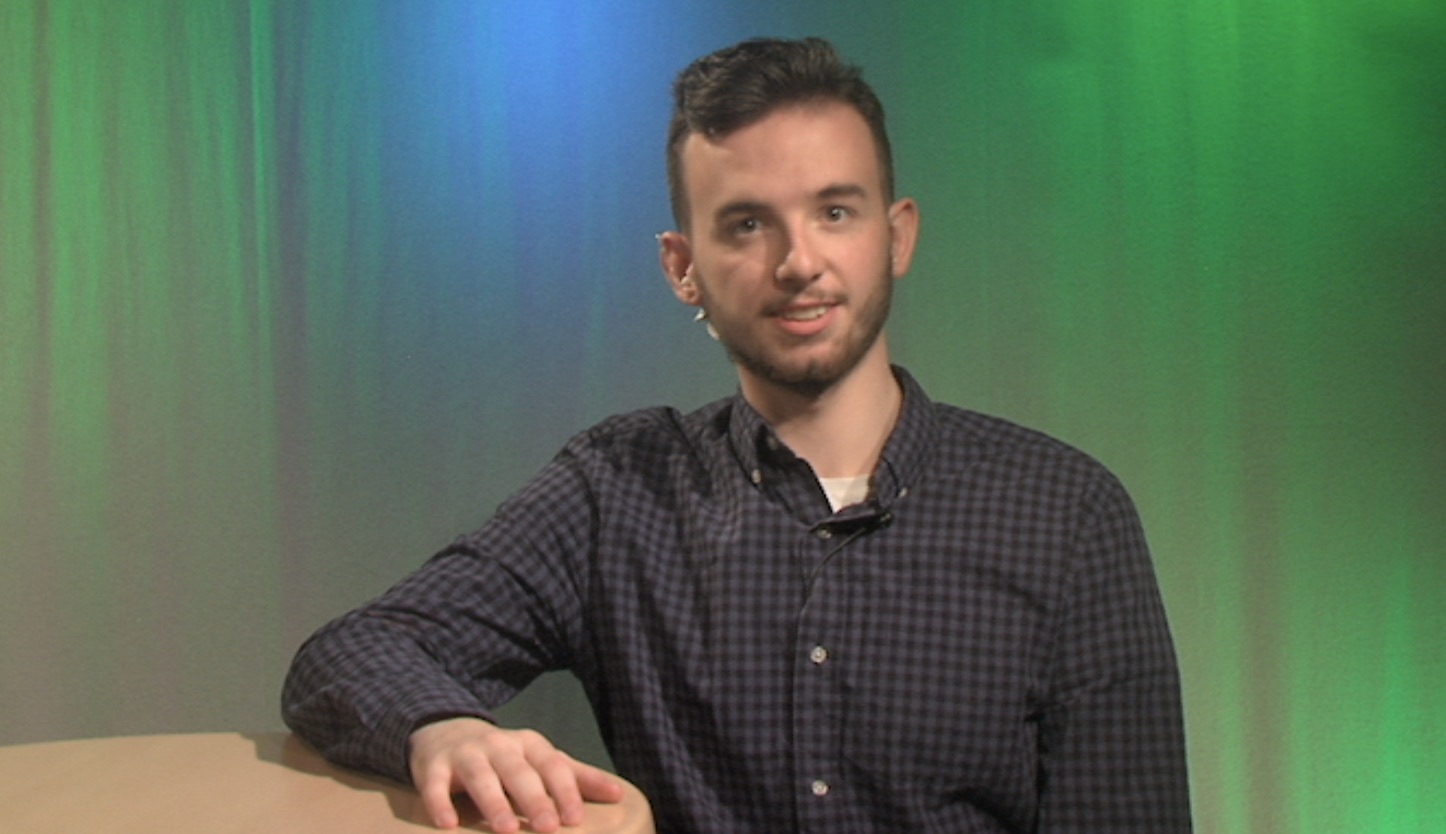
 Bulletins7 years ago
Bulletins7 years agoWINOL 20 November 2018
